Introduction
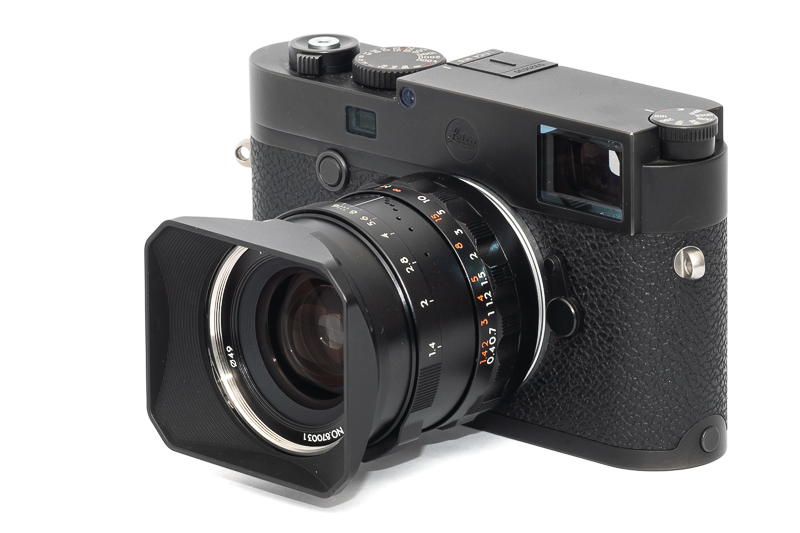
Thypoch is a new manufacturer of photography lenses and entered the market at the end of 2023 with two M-mount lenses, the Simera 28mm 1.4 and 35mm 1.4. There are a lof of 35mm 1.4 lenses for M-mount, but only a handful of 28mm 1.4s, so I am very curious what this final production model of the 28mm 1.4 is capable of.
This lens is also part of my Comparison of Fast 28mm Fullframe Lenses.
Sample Images



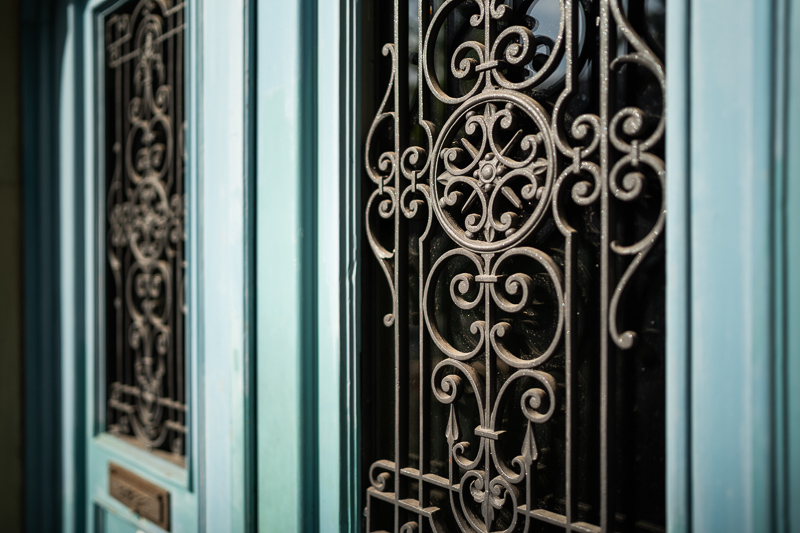
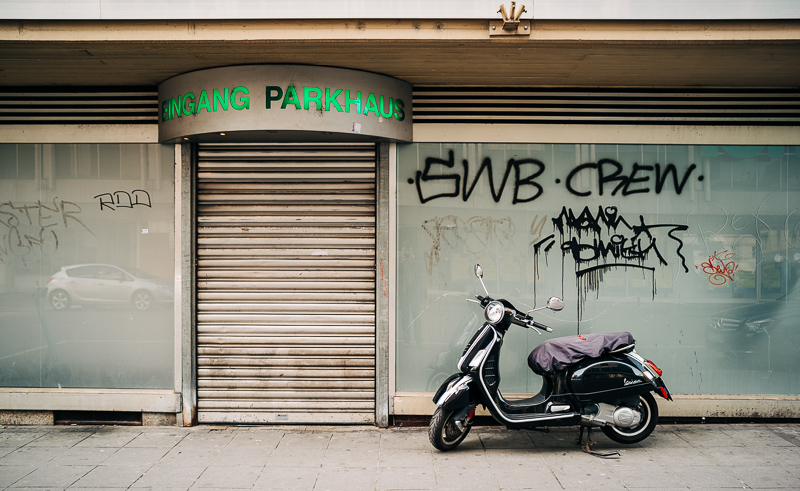
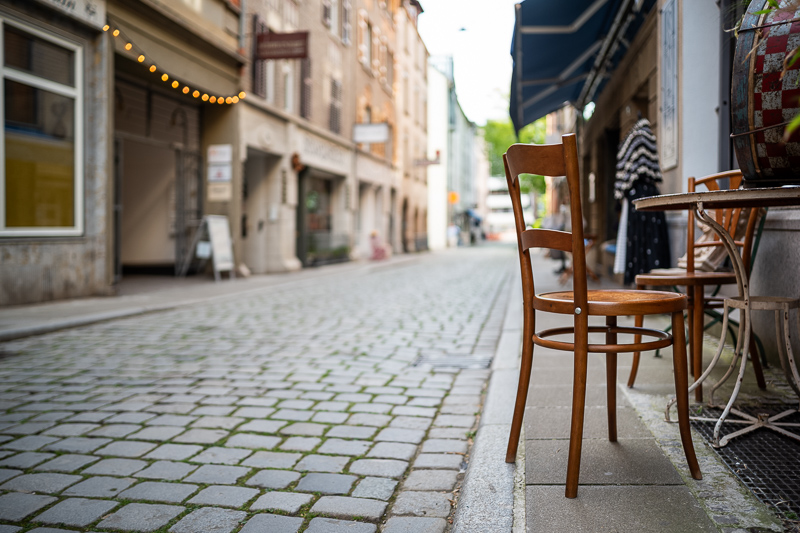

You can find most of the sample pictures in this article in full resolution here.
Contents
Specifications
The Thypoch Simera 28mm 1.4 has the following specifications:
-
- Diameter: 59 mm
- Field of view: 75° (diagonally)
- Length: 55 mm
- Weight: 331g (without hood and caps)
- Filter Diameter: 49 mm
- Number of Aperture Blades: 14 (rounded)
- Elements/Groups: 11/7
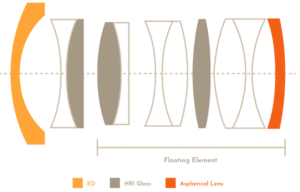
- Close Focusing Distance: 0.40 m
- Maximum Magnification: 1:12.8 (measured)
- Mount: Leica M
buy from manufacturer’s shop (use code PRNET for free shipping) | ebay.com | ebay.de | B&H (affiliate links) for $699
Disclosure
Beginning of 2024 I received a pre production sample of this 28mm 1.4, that was also part of my Fast Fullframe 28mm Comparison. In some areas this pre production sample did not perform up to the manufacturer’s expectations, so in April 2024 I received a loaner of a final production model.
Handling/Build Quality
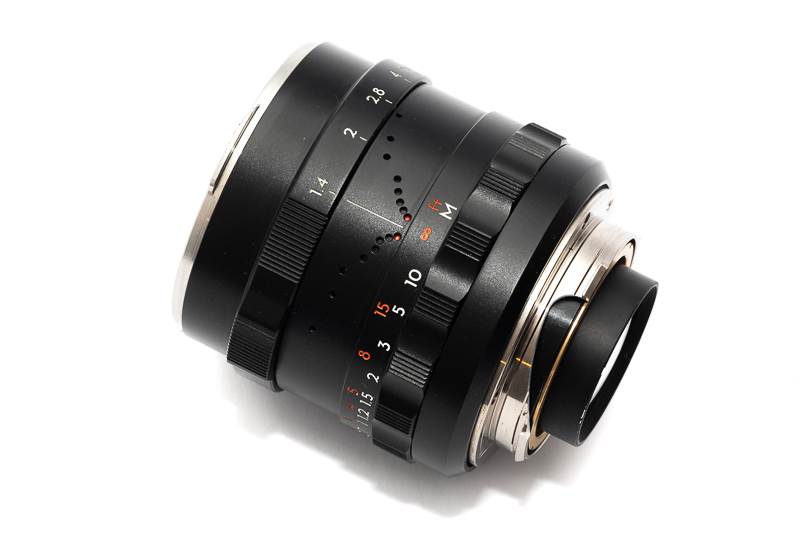
This Thypoch Simera 28mm 1.4 features a depth of field scale design Alpa introduced in 1951 under the name “Visifocus”: instead of simple bars or lines we see these red dots that “light up” when changing the aperture setting. At first sight this does look pretty cool, but then I can not remember the last time I actually used a depth of field scale, because it simply isn’t accurate enough on high resolution digital cameras.
What is more important, this design takes up a lot of space and has ultimately led to a very narrow focus ring. This focus ring is therefore also situated very close to the camera and not that easy to get a hold on. Quite often I reached for the wider aperture ring instead, as this is where you would expect the focus ring to be.
What I like about the focus ring is that it has a distinct click stop at the 0.7 m setting, so you will notice leaving the rangefinder-coupled range.
The rotation angle between 0.7 m and the minimum focus distance is really short though, which makes the lens very hard to focus at closer distances.
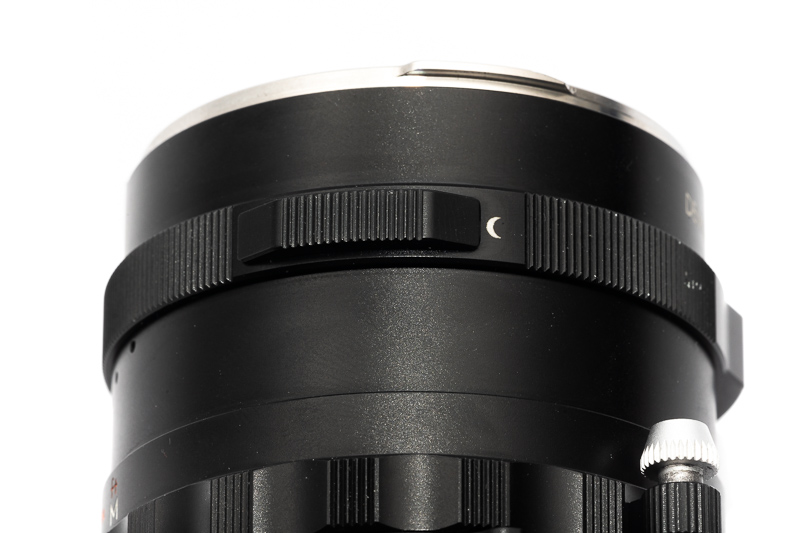
The aperture ring features a small de-click lever at the bottom. Its resistance is high, so I don’t think there is a high likelihood to accidentally change its setting. The stops are not spaced equidistantly and the click stops are also a bit random – 1/3rd of a stop clicks between f/1.4 and f/4.0, half stops between f/4.0 and f/8.0, full stops between f/8.0 and f/16 – which makes figuring out how far you stopped the lens down going by the clicks and without looking at it also rather difficult.
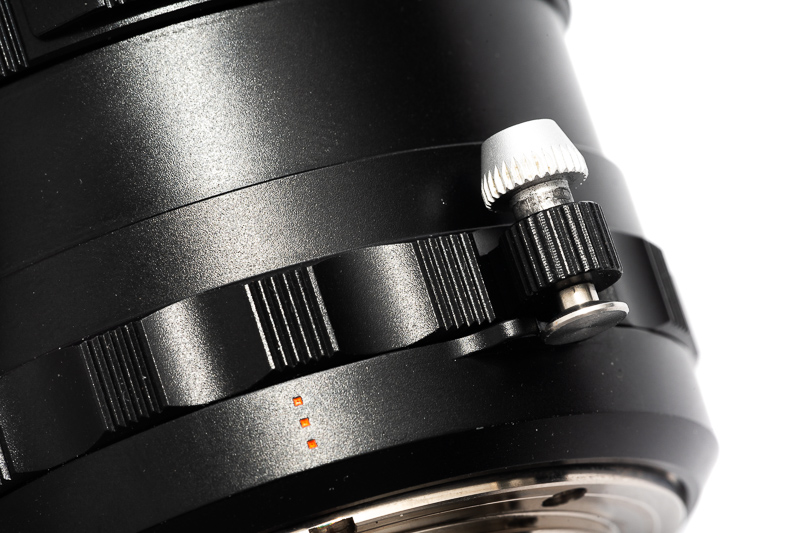
Unfortunately these lenses also feature an infinity lock similar to those found on old Leica lenses as well as e.g. the TTArtisan 28mm 5.6 or the Canon 50mm 1.4 LTM.
I have absolutely no idea who is a fan of those and who thought it was a good idea to include them in a modern lens. Personally I always find them to get in the way of my shooting and I find it very annoying to have to push that hard-to-reach-button first, to focus at closer distances, when the lens was set to infinity before.
All the markings are engraved and filled with paint. Some of the writings do look a bit cramped together though, less would have probably been more here.
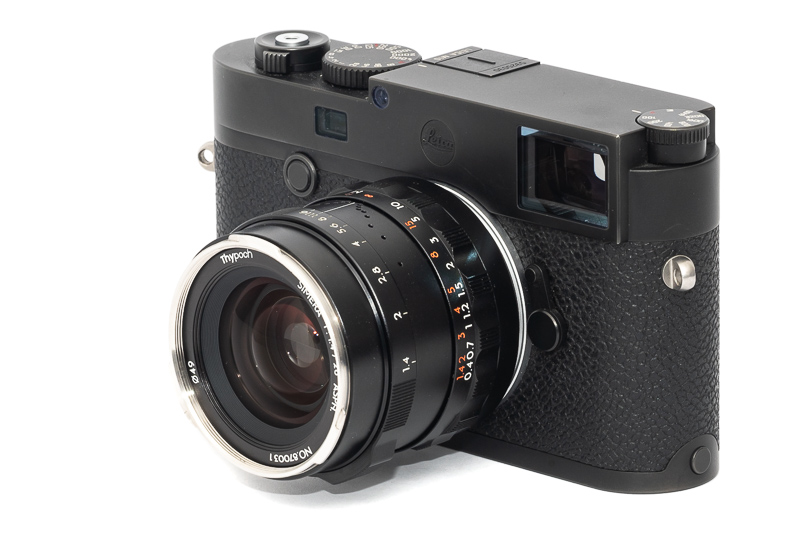
While the inside of the hood is painted matte black, this 28mm features a shiny front ring similar to some Voigtländer lenses. These reflective front rings can lead to additional unwanted flare artefacts.

The Thypoch Simera 28mm 1.4 is not a small lens, as can be seen from the comparison above it is slightly bigger than the Voigtländer VM 35mm 1.2 III Nokton and the Voigtländer VM 28mm 1.5 Nokton. On the other hand it does feature a floating elements design and is still noticeably smaller than the two recent Cosina lenses with a floating elements design, the Voigtländer VM 21mm 1.4 Nokton and the VM 50mm 1.0 Nokton.
Vignetting
Light falloff
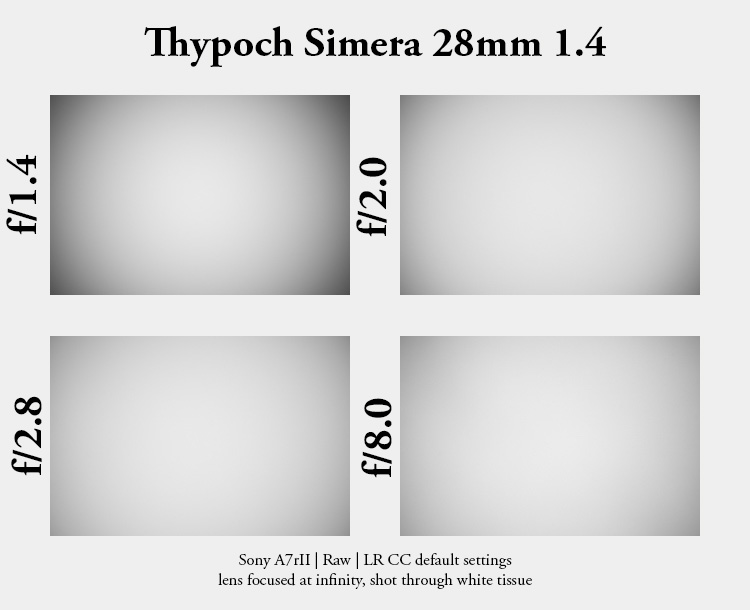
| 28mm | |
|---|---|
| f/1.4 | 3.2 |
| f/2.0 | 2.4 |
| f/2.8 | 2.1 |
| f/4.0 - f/16 | 1.9 |
The vignetting figures are very typical for a fast yet compact 28 M-mount lens.
The 7Artisans 28mm 1.4 shows a bit less vignetting at f/1.4 to f/2.0, but the same amount further stopped down. The Voigtländer VM 28mm 1.5 Nokton shows slightly higher vignetting at f/1.4 to f/2.0, but also the same further stopped down.
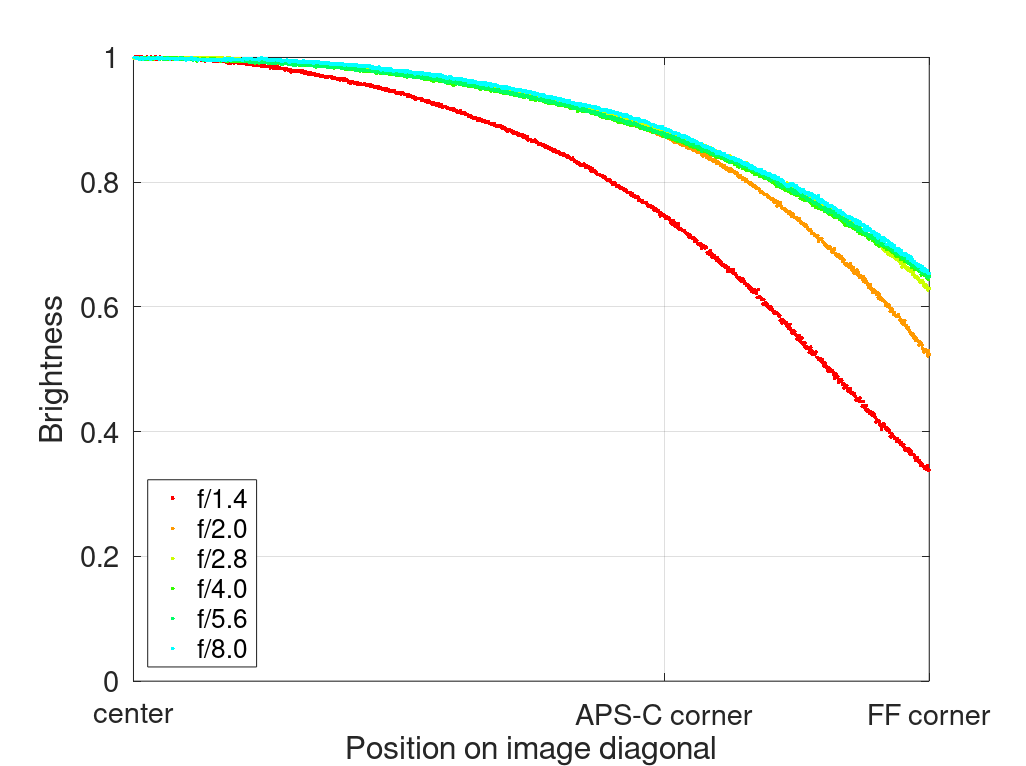
It is recommended to have a look at this article first to get an idea how this brightness graph works.
Optical vignetting
Fast lenses usually show a significant amount of optical vignetting. Without going too much into technical details optical vignetting leads to the truncation of light circles towards the borders of the frame.
In the center of the frame almost every lens will render a perfect circle, but only lenses with very low optical vignetting will keep this shape in the corners.
So in the following comparison we move from the center (left) to the extreme corner (right) and see how the shape of the light circle changes.
The 28mm 1.4 shows a comparably low amount of optical vignetting. It does slightly better here than the 7Artisans 28mm 1.4 and way better than any of the Voigtländer 28mm lenses I tried so far (f/1.5, f/1.9, f/2.0 MK I and f/2.0 MK II). Onion ring structures caused by the aspherical elements can be visible though.
The very high optical vignetting has always been one of the few things that bothered me about most of the recent Voigtländer lenses, it is nice to see a manufacturer going for a different approach here.
Sharpness
Focus Shift
With some lenses the point of optimal focus shifts on stopping down. This 28mm 1.4 does not show any field relevant focus shift.
infinity (24mp Leica M10, 42mp Sony A7rII)
On the Leica M10 this 28mm 1.4 shows a very good performance. There is a hint of a midzone dip at f/1.4 and f/2.0 and slightly lower contrast in the corners, but I actually wouldn’t mind using these aperture settings for infinity shooting if needed. Best across frame performance is reached somewhere between f/5.6 and f/8.0.
If we compare it to the Voigtländer VM 28mm 1.5 Nokton (which I did here) we see they do actually perform very similar here. Up to f/4.0 I tend to say the Voigtländer shows better defined corners, but these are differences that will only ever be visible in a direct comparison and are hardly field relevant.
On the Sony A7rII with its thick filter stack the situation looks very different. The midframe needs f/5.6 to look decent, the corners look best at f/11 but still not that great.
portrait distance (24mp Leica M10, 24mp Sony A7III)

I refocused for every shot and aperture to get the best possible result at different locations in the frame (center, inner midframe and outer midframe).
The circle of the dollar bill is more or less the size of a human eye.
We will be looking at 100% crops from the 24mp Sony A7III and the Leica M10. Both cameras do not have an anti aliasing filter in front of the sensor. Focus distance was 0.9 m.
Leica M10 <—> Sony A7III
The Thypoch Simera 28mm 1.4 is clearly optimized for the thin filter stack of Leica cameras, as it should be the case. As we can see from these crops, in the outer midframe area it performs way better on the Leica camera.
This 28mm shows a very good performance everywhere in the frame already at f/1.4 on the Leica with only minimal softness and astigmatism, which puts it clearly above the 7Artisans 28mm 1.4 and also the Voigtländer VM 28mm 1.5 Nokton (see comparison here). As Fred Miranda showed here, that the Leica 28mm 1.4 and the Voigtländer 28mm 1.5 perform pretty much the same in this regard, this Thypoch 28mm 1.4 is the clear winner among all the fast 28mm M-mount lenses in this – at least for me – very important category.
close (42mp Sony A7rII)
This Thypoch 28mm 1.4 features a floating elements design, so despite its comparably short minimum focus distance we should expect good performance at wider apertures here.
The images are a bit soft at the maximum aperture and stopping down 1-2 stops increases contrast and resolution noticeably. This is still a good performance.
Flare resistance
If you are a regular reader you already know: evaluating the flare resistance of lenses is not an easy endeavour. The short amount of time I got to spend with these lenses so far and the weather conditions also didn’t help. So keep in mind, these are first impressions.
With the 28mm it is possible to encounter all kinds of artefacts with a strong point light source inside or outside the frame. Even sensor reflections were among those, which may point to not so great coatings on the rear element. Let’s hope the final production models of this lens show an improved performance here.
Coma
The Thypoch Simera 28mm 1.4 shows noticeable Coma at f/1.4, but the artefacts are comparably small. Stopping down to f/2.0 is sufficient to get rid of the “wings”, but for perfectly clean corners it stopping down to f/5.6 is needed. The Voigtländer VM 28mm 1.5 Nokton looks worse at f/2.0, but better at f/4.0.
Distortion

The Thypoch Simera 28mm 1.4 only shows a low amount of slightly wavy distortion. There is no correction profile available yet, luckily I did not feel the need to correct the distortion in any of the sample pictures
Bokeh

This Thypoch Simera 28mm 1.4 was part of my Fast 28mm Fullframe Lenses Comparison and it compares very favourably to the other fast 28mm lenses when it comes to the bokeh rendering.
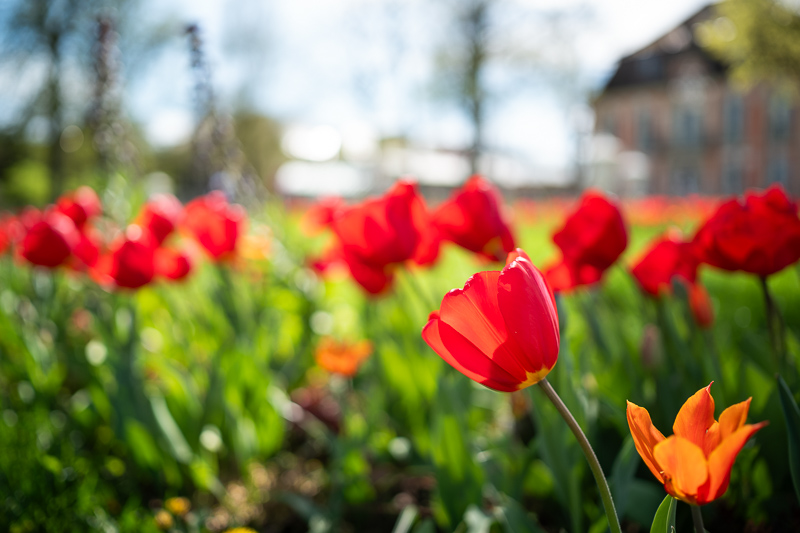
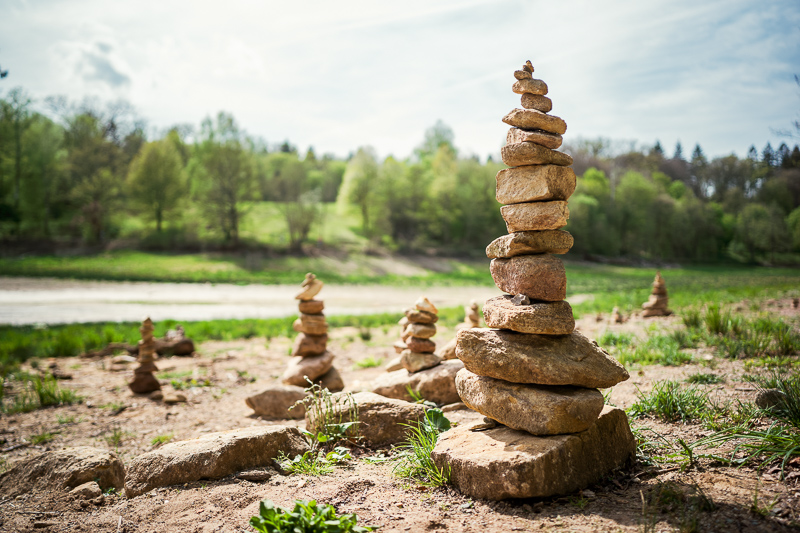
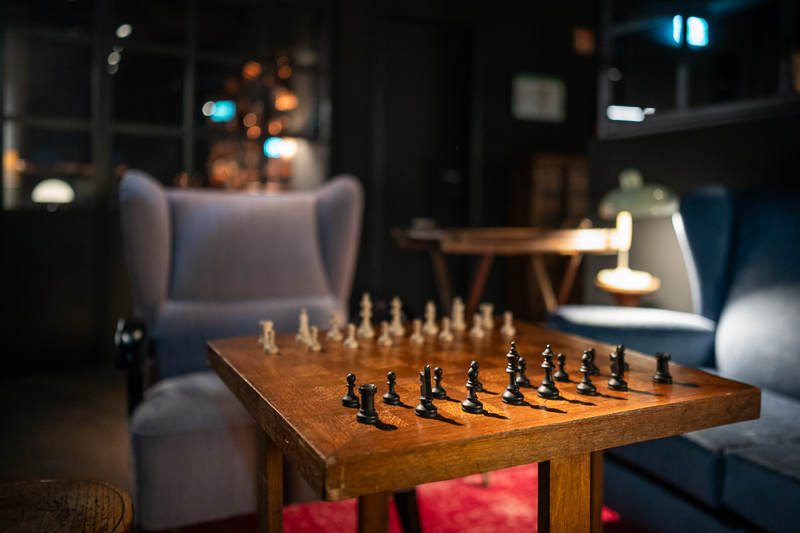

A minimum focus distance of 0.4 m is decent albeit not class leading for a fast 28mm lens. It surely does allow for taking some interesting close up shots and in these situations you will encounter smoothly blurred backgrounds.



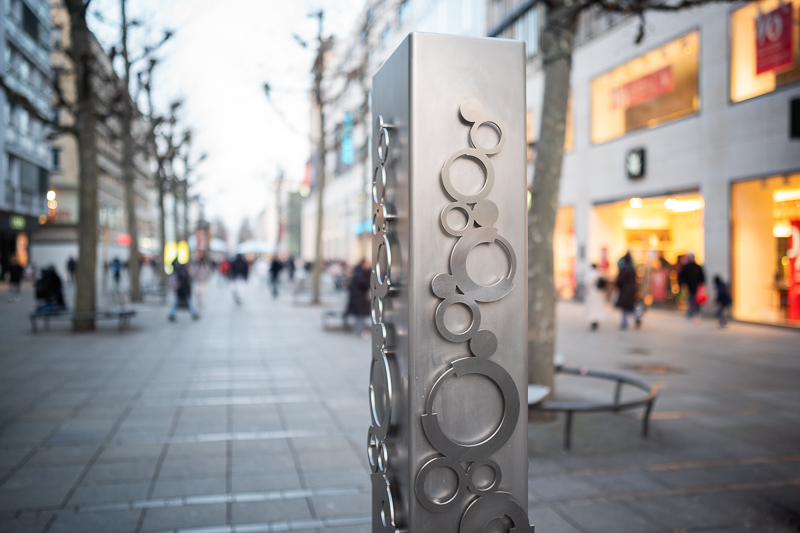
Good news for longer focus distances: optical vignetting is not that strong and field curvature is well corrected, leading to very pleasing bokeh here as well. Therefore I greatly prefer this Simera’s performance to that of the Voigtländer VM 28mm 1.5 Nokton in this category.
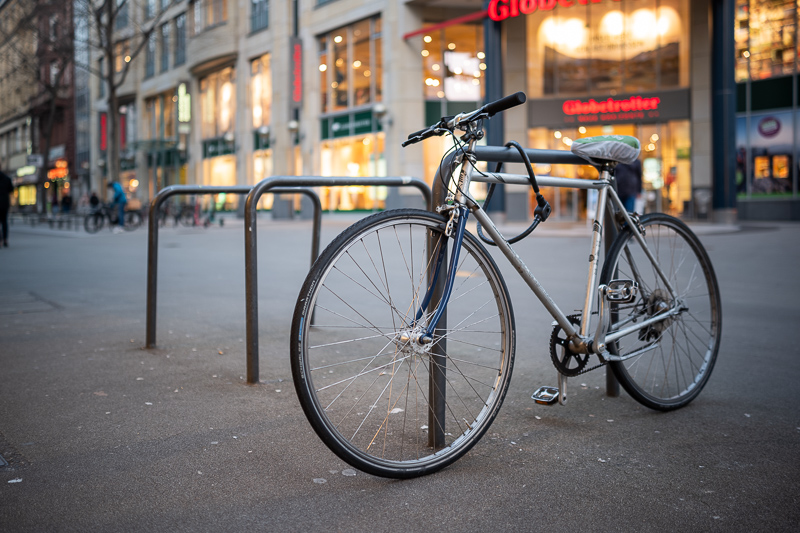

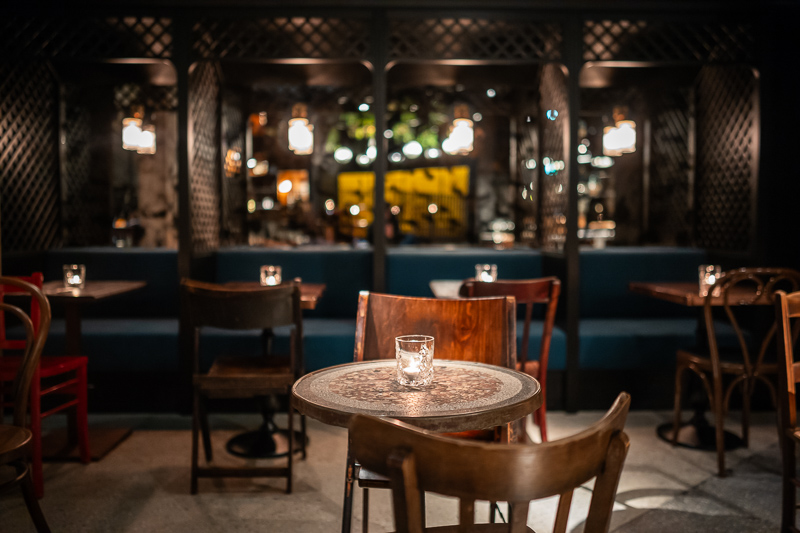


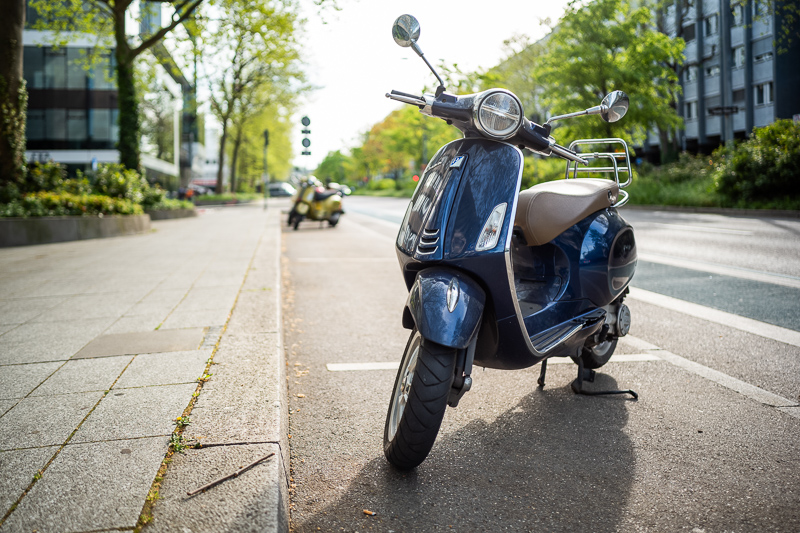
Unlike the Voigtländer and Leica lenses this Simera 28mm 1.4 uses 14 rounded aperture blades, so highlights stay perfectly round on stopping down.
Sunstars
Due to the high number of rounded aperture blades I did not expect to see distinct sunstars, but the production tolerances for the diaphragms seem to be pretty tight, as we see nice sunstars with an even length of the rays with both lenses from f/5.6 to f/16. I hope to see this diaphragm construction in many future lenses, as it strikes a great balance between creating naturally round out of focus highlights stopped down and distinct sunstars.
If you want to know more about sunstars have a look at this article.
Chromatic aberration
lateral
This Thypoch Simera 28mm 1.4 shows only minimal lateral CA.
longitudinal
This 28mm 1.4 shows an average amount of bokeh fringing, meaning green outlining in the background and magenta outlining in the foreground. Stopping down to f/2.0 is also not sufficient to completely get rid of it.
After having done a side-by-side comparison as a part of my Fast 28mm Comparison I can tell you this Thypoch does a bit better in this category than the Voigtländer VM 28mm 1.5 Nokton. Interestingly it looks like the 7Artisans 28mm 1.4 shows the least outlining of all the 28mm 1.4 M-mount lenses.
Conclusion
good
|
average
|
not good
|
In terms of optical performance I really like this Simera 28mm 1.4. The combination of bokeh quality and contrast at f/1.4 is exactly what I like to see in a lens like this for creating environmental portraits and for that use case I would prefer it over the Voigtländer 28mm f/1.5 to f/2.0 lenses as well as the 7Artisans 28mm 1.4 and the Leica 28mm 1.4. This Simera also features a generous 0.4 m minimum focus distance and more appealing sunstars than the 7Artisans 28mm 1.4. With their 14 rounded aperture blades Thypoch actually managed to combine nicely round out of focus highlights stopped down and appealing sunstars.
Sadly I have less positive things to say about the handling experience (as was already the case for the Thypoch Simera 35mm 1.4). The lens is hard to focus at short distances due to the very short throw of the focus ring in this distance range and because of it being too narrow and very close to the camera, the focus ring is generally unpleasant to use. The infinity lock is also super annoying and constantly got in the way. I think there is a good reason most manufacturers decided to ditch those some 60 years ago.
This review deserves to end on a positive note though. For one of their first entries in the world of photography lenses, Thypoch did an amazingly good job here. I may not be happy with all their mechanical designs decisions, but the optics are great, as they lead to the best bokeh rendering of all the fast 28mm M-mount lenses. It even manages to compete with the much bigger and more complex non-M-mount lenses as I have shown here. If that isn’t impressive, I don’t know what is.
buy from manufacturer’s shop (use code PRNET for free shipping) | ebay.com | ebay.de | B&H (affiliate links) for $699
Alternatives
You can find all my reviews of 28mm M-mount lens reviews here, so I will only talk about the most obvious alternatives in more detail. I also compared this Thypoch to five other fast 28mm lenses here.
Voigtländer VM 28mm 1.5 Nokton:
Now as a whole package the Voigtländer VM 28mm 1.5 Nokton is probably the better lens for many people. As outlined above the Thypoch has some handling issues that get in the way, you will not encounter any such issues here.
However, in two important categories I see the Thypoch lens ahead: off center sharpness at portrait distances (most likely thanks to its floating elements design) and bokeh – thanks to less optical vignetting and more importantly better corrected field curvature. So if you are mainly interested in environmental portraits, the Thypoch is probably the better choice for you.
buy from B&H | ebay.com | ebay.de (affiliate links) for $999/1049€ (Type I) to $1049/1149€ (Type II) or find your local Voigtländer distributor
Leica 28mm 1.4 Summilux-M:
Fred Miranda did a thorough comparison between the Voigtländer VM 28mm 1.5 Nokton and the Leica 28mm 1.4. Have a look at it and if afterwards you still think it is a good idea to pay $6700 more for the bigger, heavier and even less close focusing Leica lens there is no help for you anymore. Personally I prefer the bokeh rendering of this Thypoch to either, the Leica or the Voigtländer. So instead of buying the Leica, you could also buy both, the Thypoch and the Voigtländer, and with the remaining six grand go on a trip to any photogenic destination of your choice and take some nice pictures with both these lenses, to find out for yourself which one you prefer at the end of the day.
buy from B&H (affiliate link) for $7800
7Artisans 28mm 1.4:
This 7Artisans is slightly bigger and heavier than this Thypoch. Apart from that the main disadvantages are its long 0.7 m focus distance and fuzzy sunstars. It also creates nice bokeh at longer distances, is more affordable and the FE+ version also works well on Sony E and Nikon Z cameras, so it can be a good choice for people that use more than one camera system.
buy from ebay.com | ebay.de for about $495 (affiliate links)
Voigtlander VM 28mm 2.0 Ultron MK II:
This 28mm 2.0 MK II is one stop slower and slightly more compact. In terms of optical performance this lens performs very similar as the faster VM 28mm 1.5 Nokton. If you care most about nice bokeh for portraiture I would rather recommend to get this Thypoch 28mm 1.4, due to nicer bokeh rendering thanks to less optical vignetting and field curvature.
buy from B&H | ebay.com | ebay.de (affiliate links) for $799
Voigtlander VM 28mm 2.8 Color-Skopar:
If you don’t really care about having a fast maximum aperture and you are looking for the smallest and lightest 28mm lens instead, this is the one for you.
buy from ebay.com | B&H (affiliate link) for $699
Sample Images

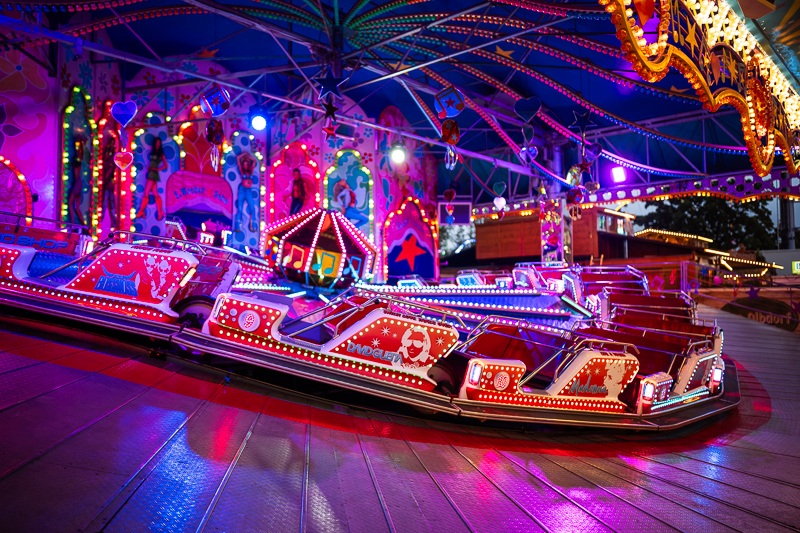


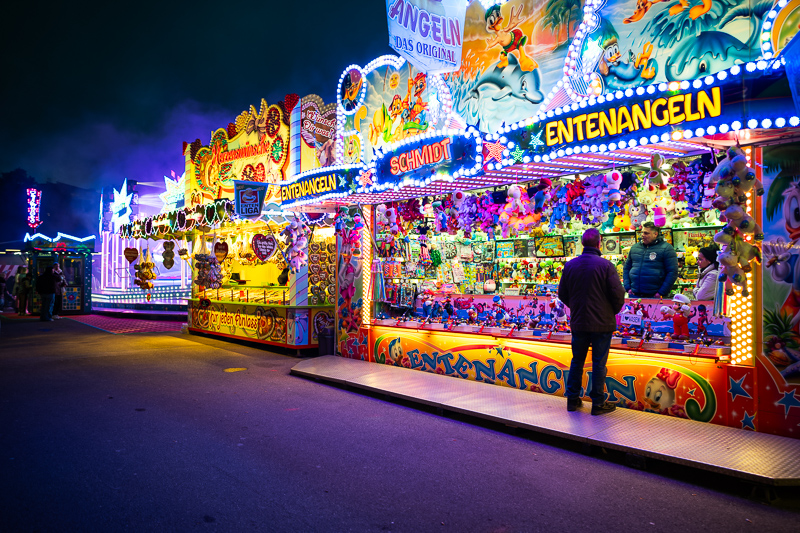
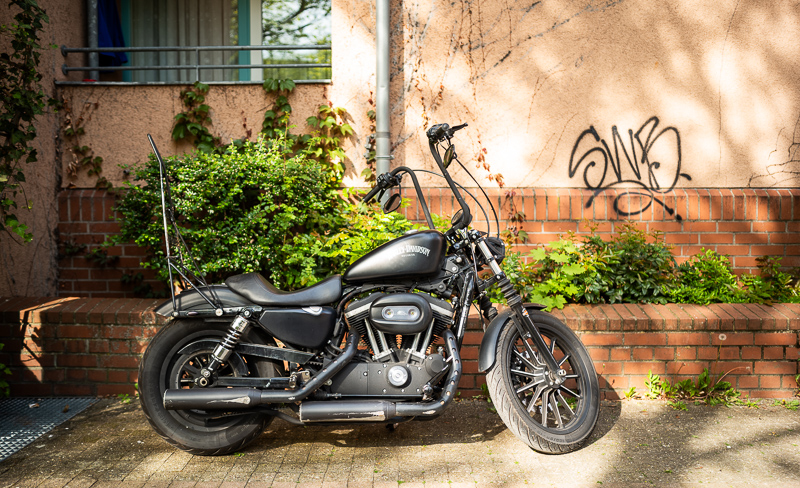
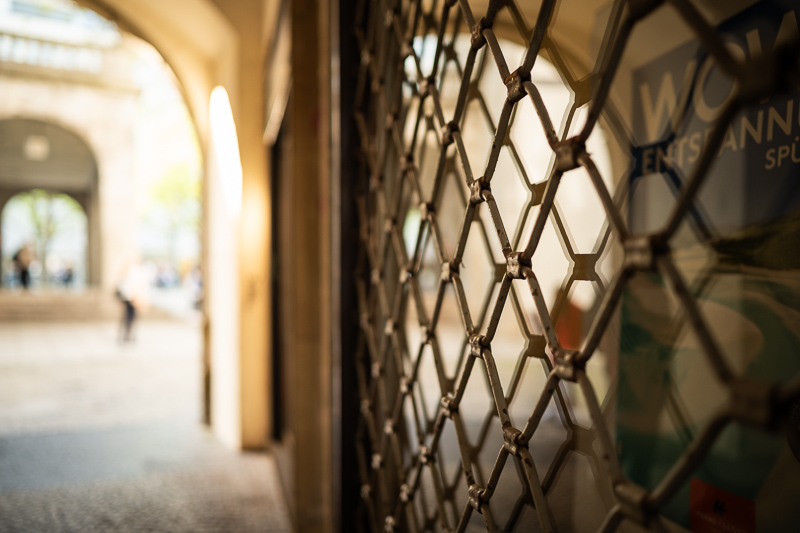
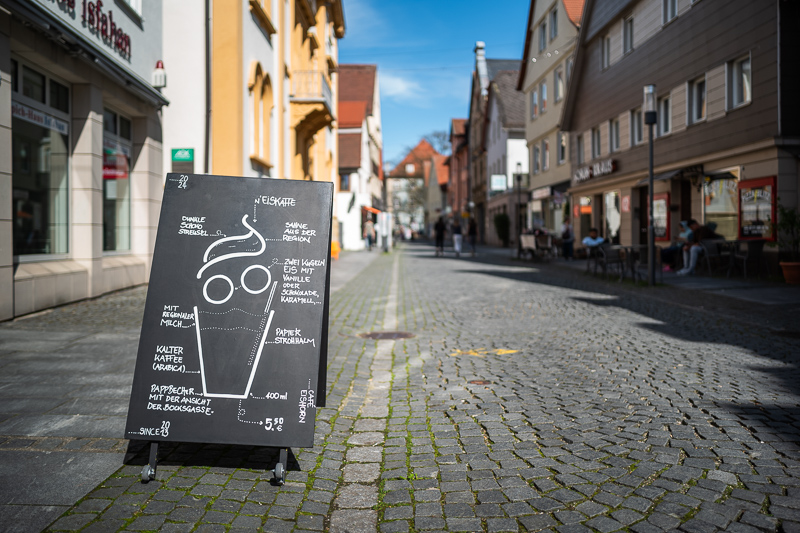
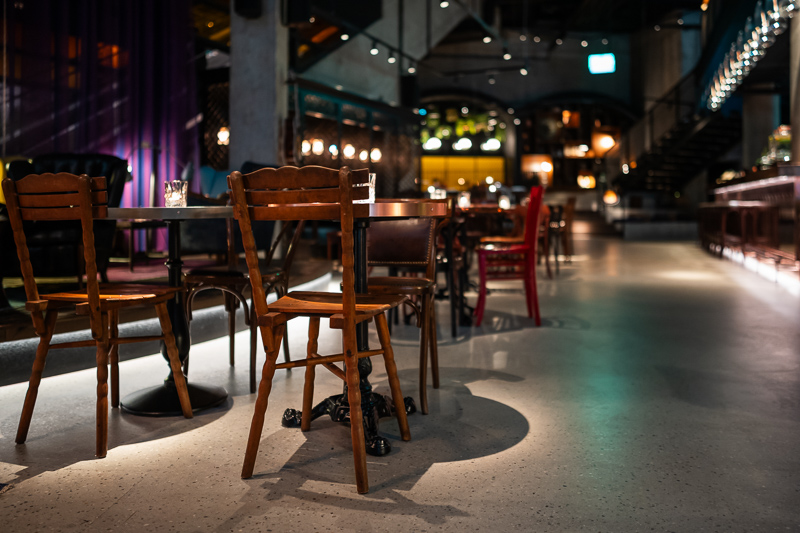

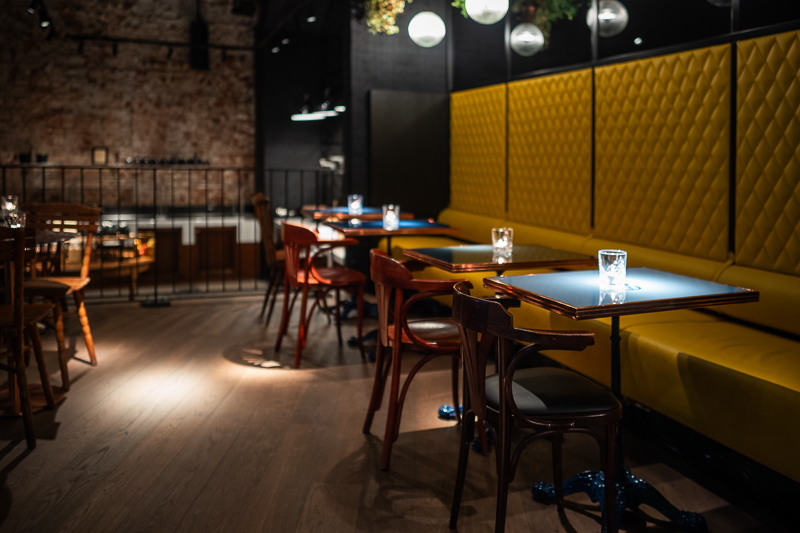
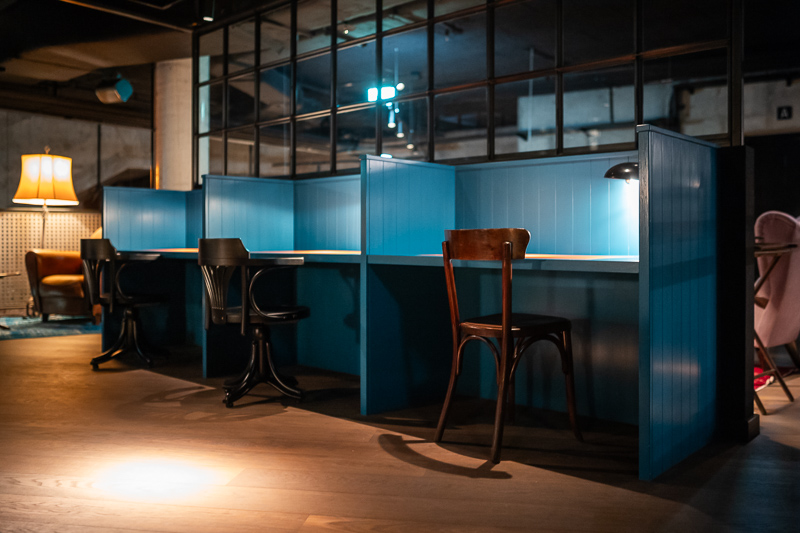

You can find most of the sample pictures in this article in full resolution here.
Further Reading
- All M-mount Lens Reviews
- Lens aberrations explained
- Review: Laowa 28mm 1.2 Argus
- Review: Laowa 35mm 0.95 Argus
- Follow us on Discord
Support Us
Did you find this article useful or just liked reading it? Treat us to a coffee!
![]()
![]()
![]() via Paypal
via Paypal
This site contains affiliate links. If you make a purchase using any of the links marked as affiliate links, I may receive a small commission at no additional cost to you. This helps support the creation of future content.
Latest posts by BastianK (see all)
- Review: Mr. Ding Optics 50mm 1.2 Noxlux Z - November 23, 2025
- Analogue Adventures – Part 46: Fujichrome Provia 400F (expired) - November 19, 2025
- Review: Irix 45mm 1.4 Dragonfly - November 15, 2025
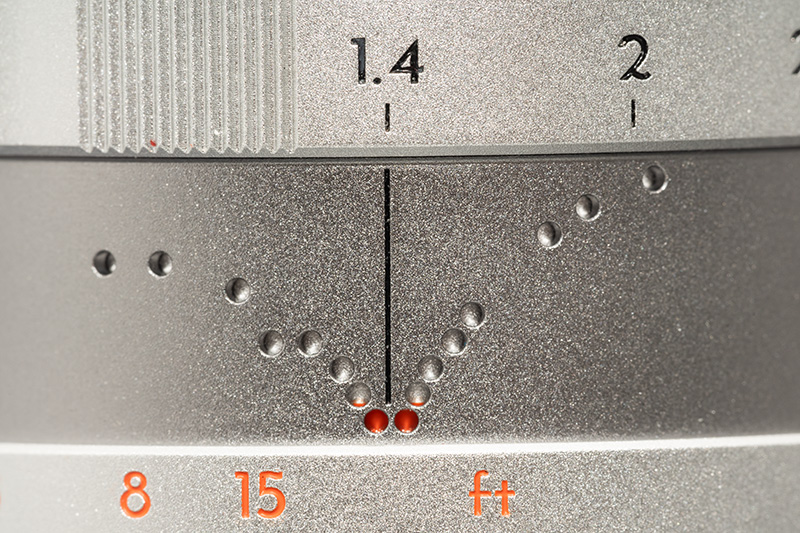


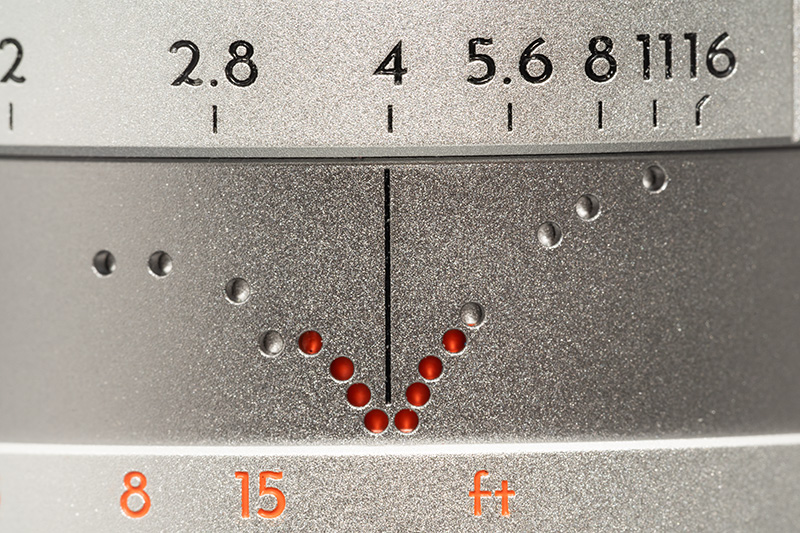

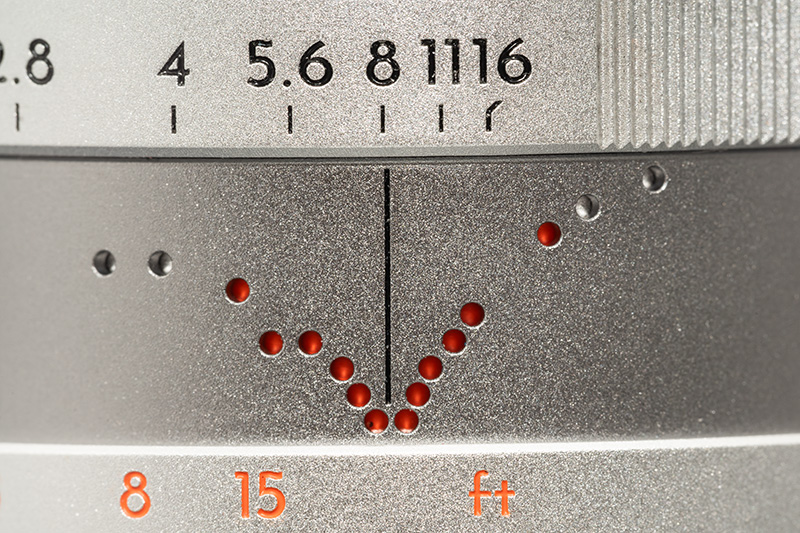

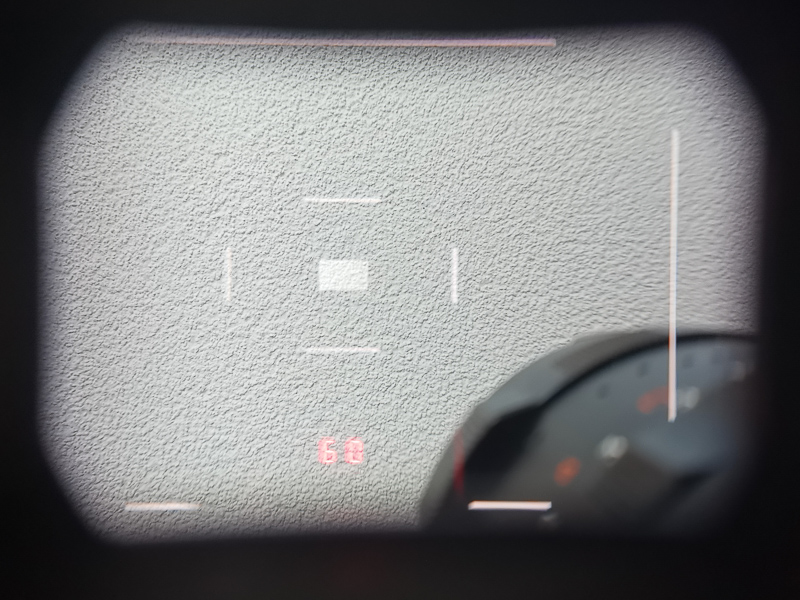
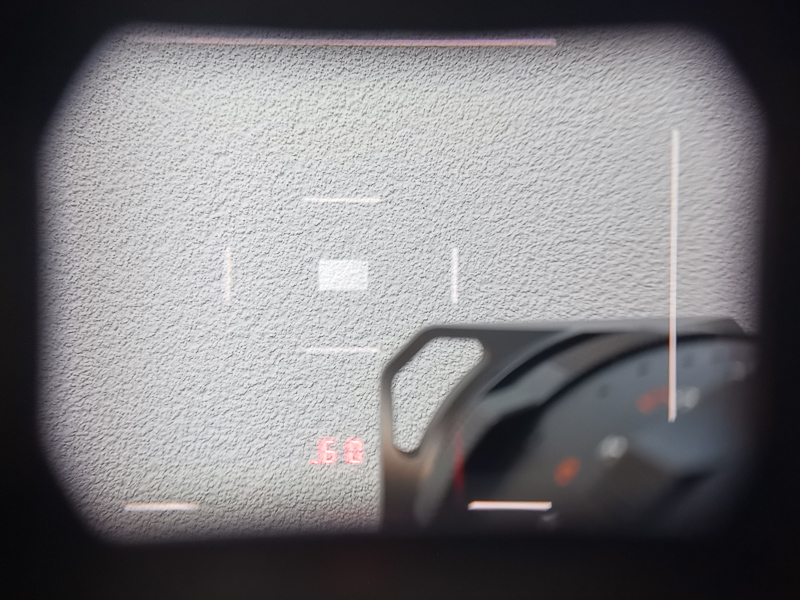
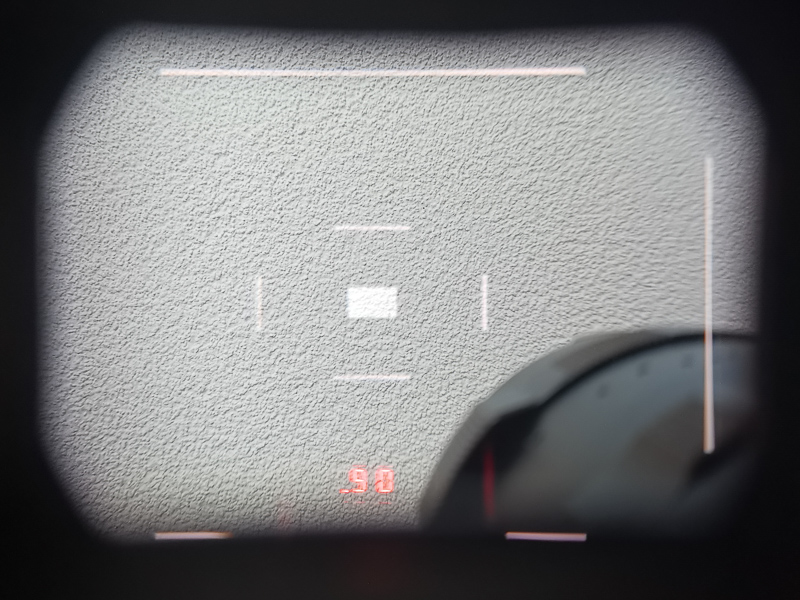
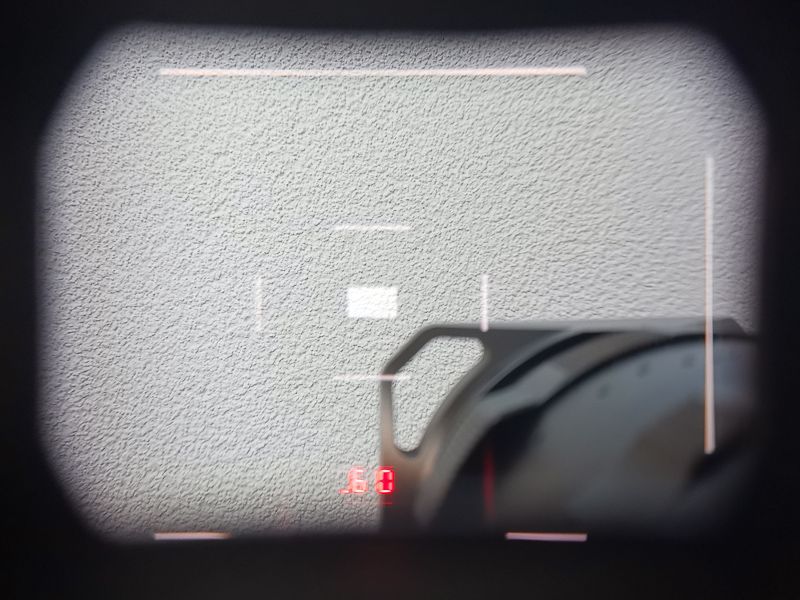



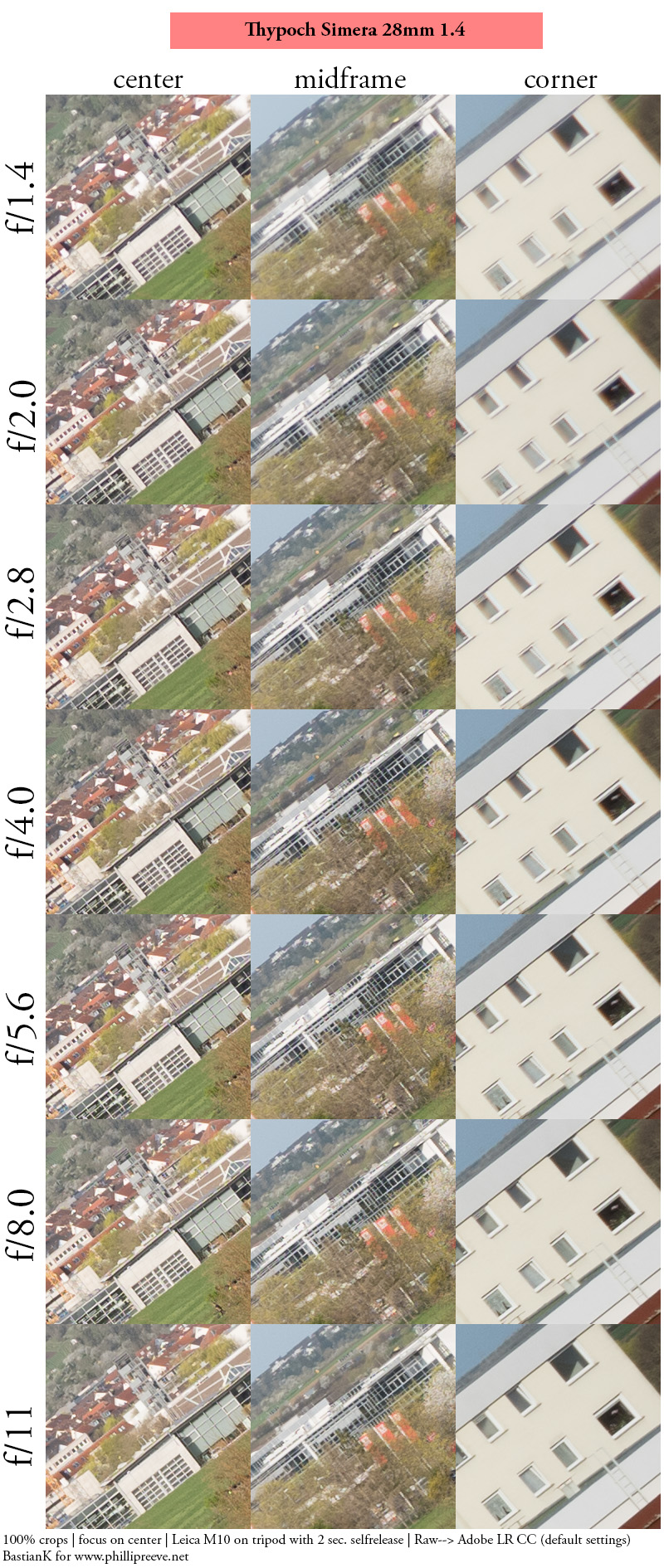
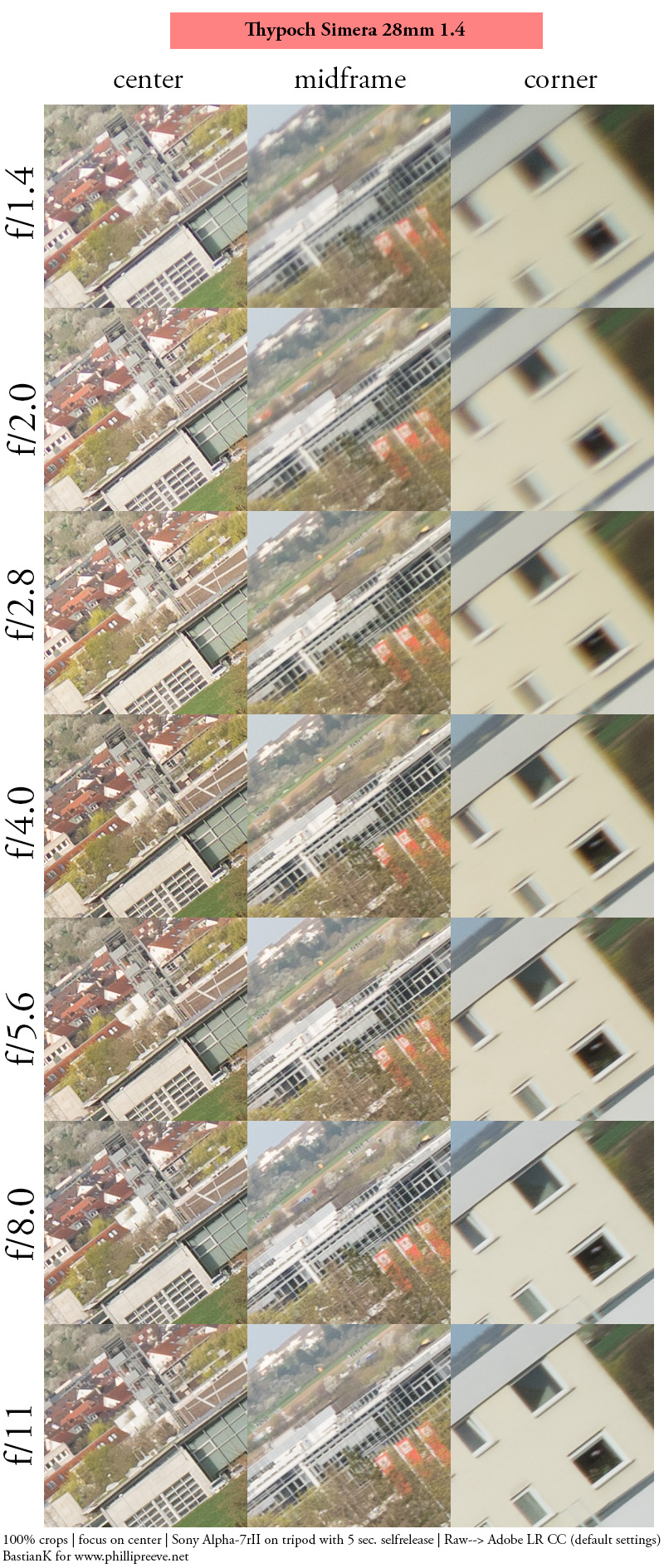
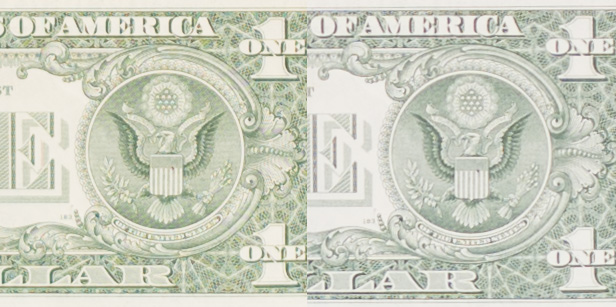
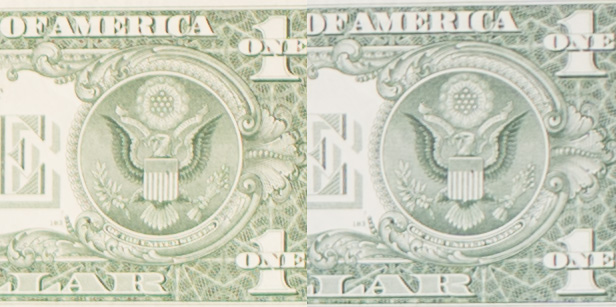
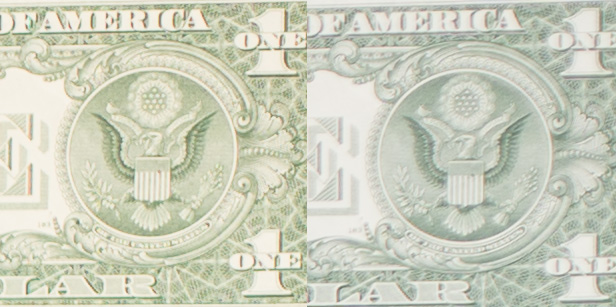





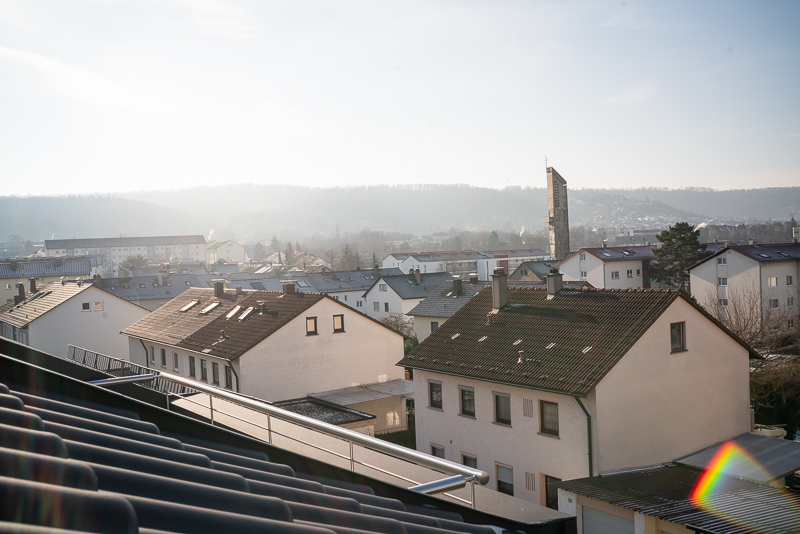
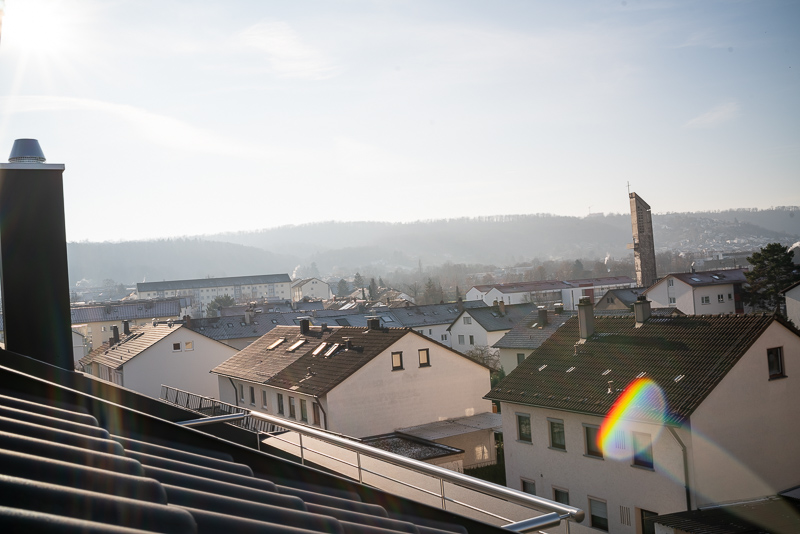
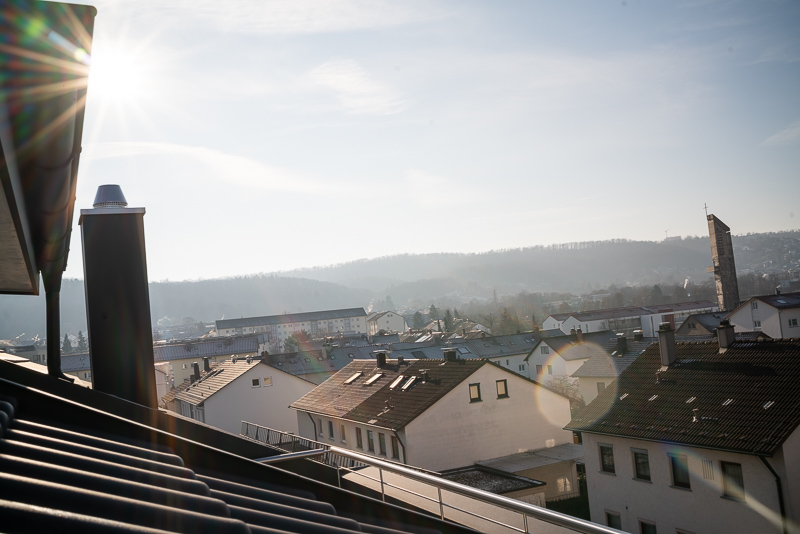
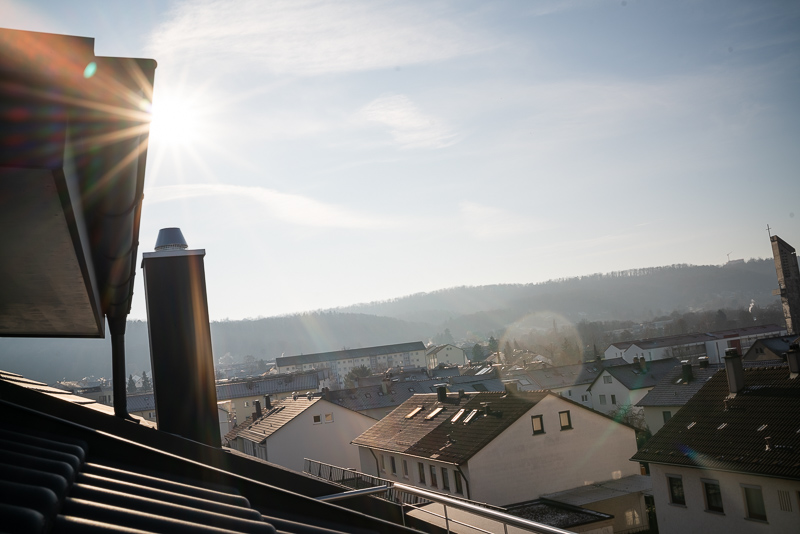
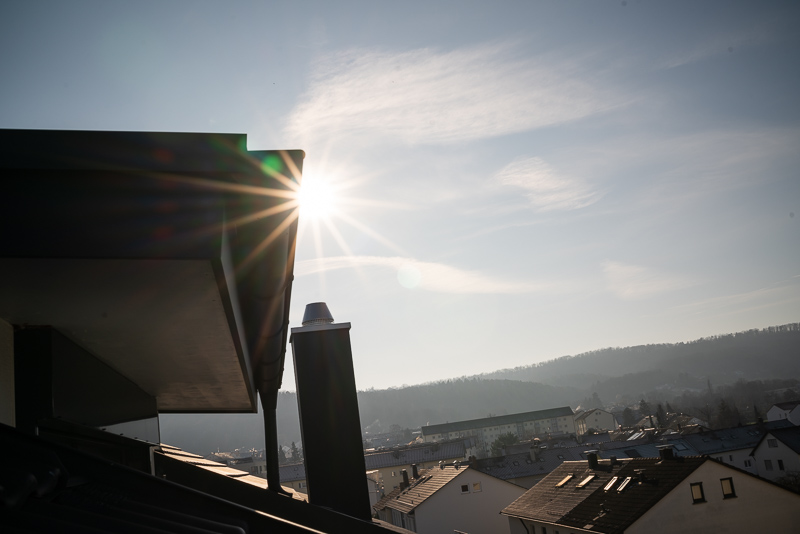
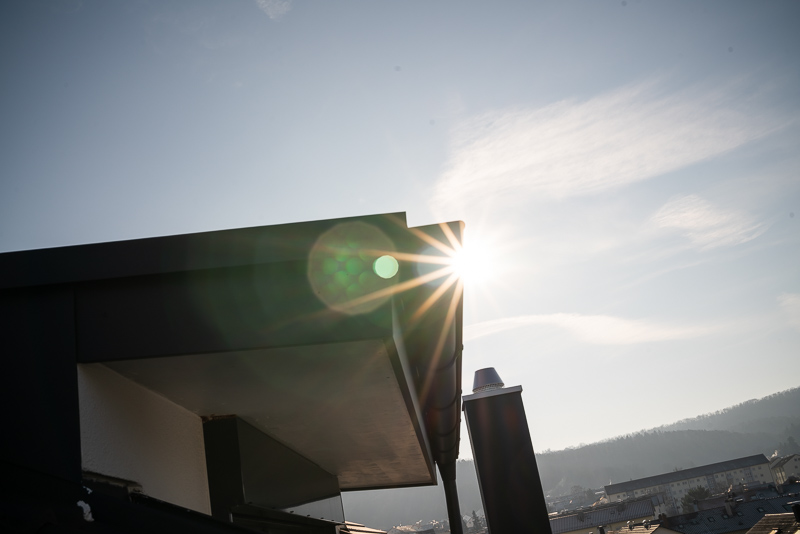
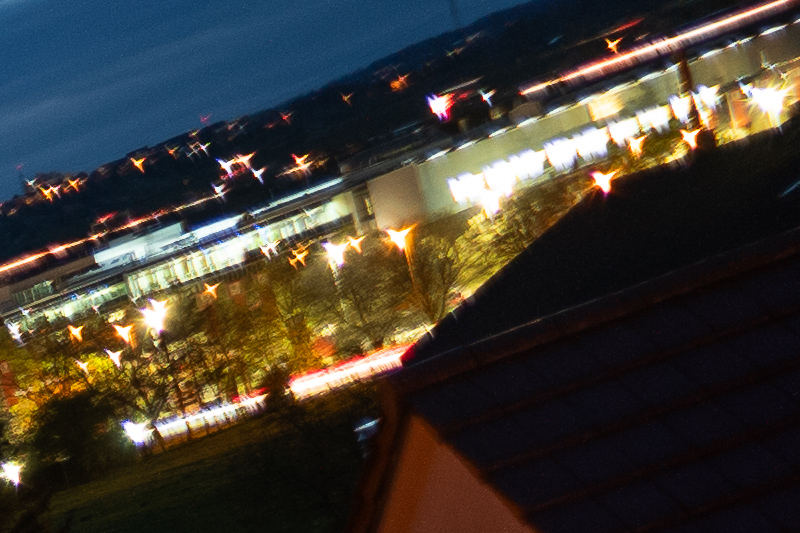
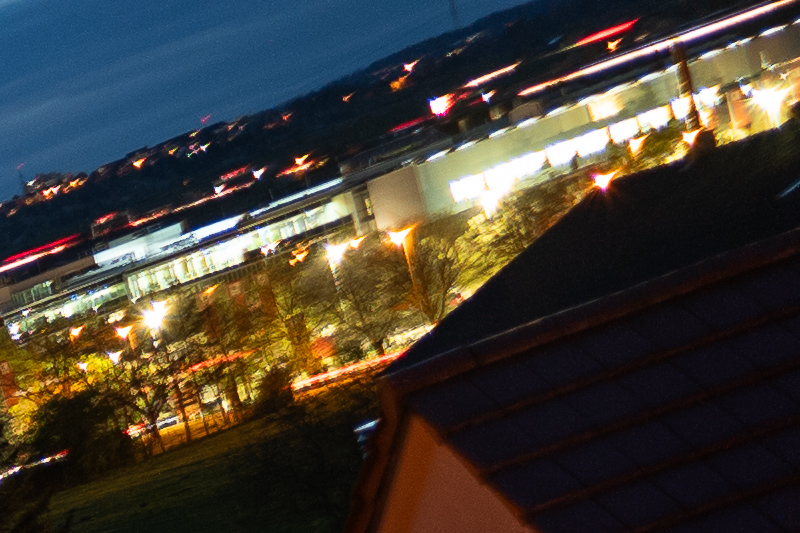
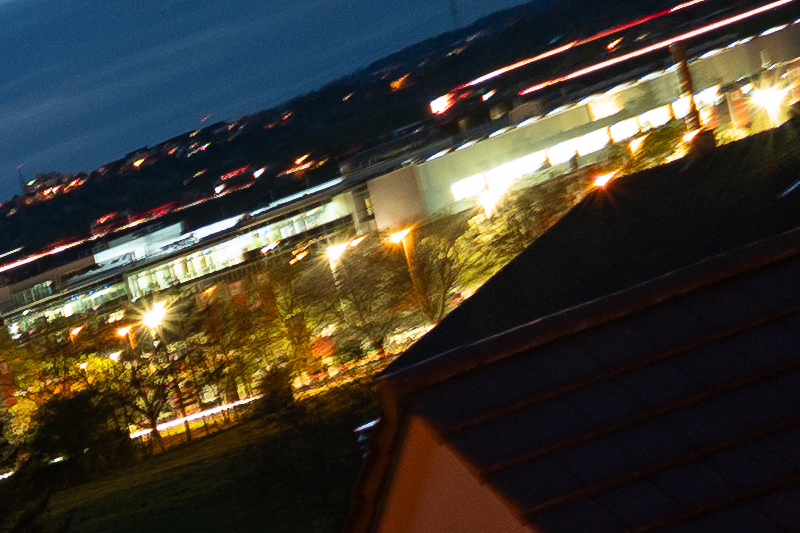
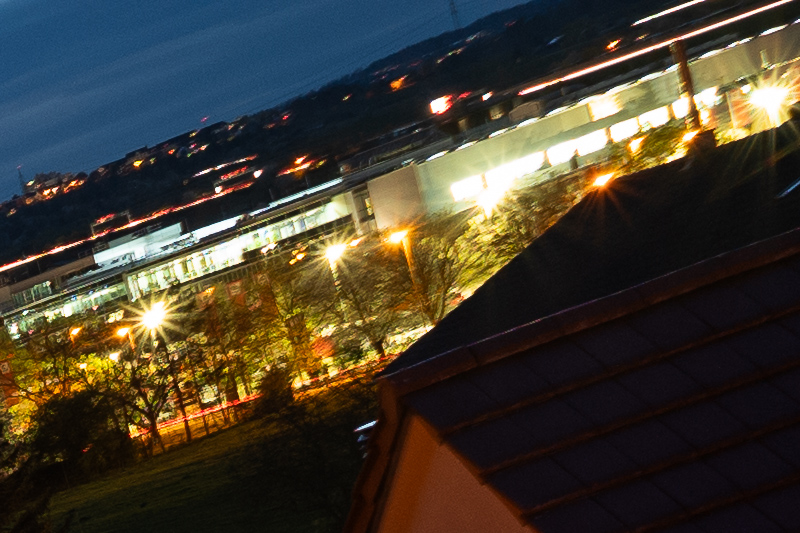
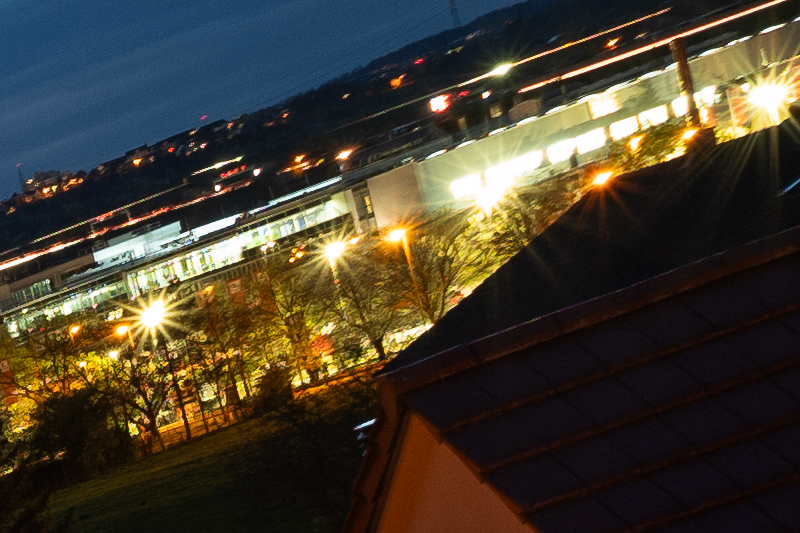
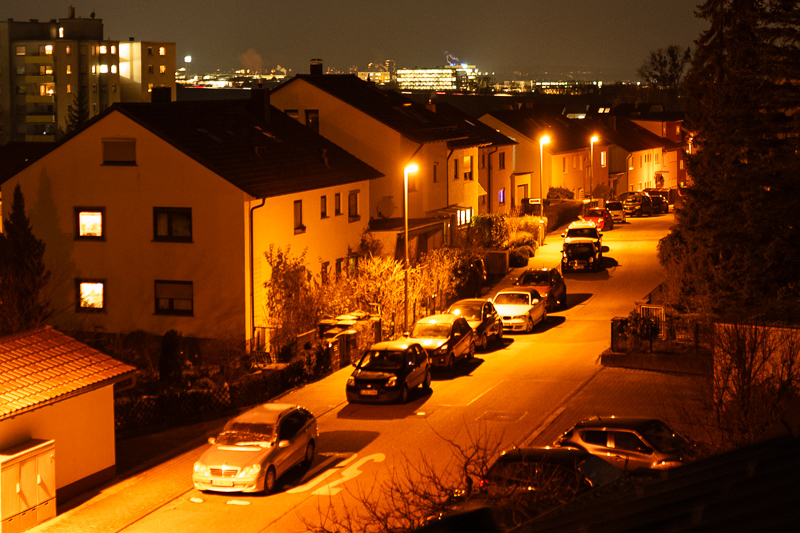
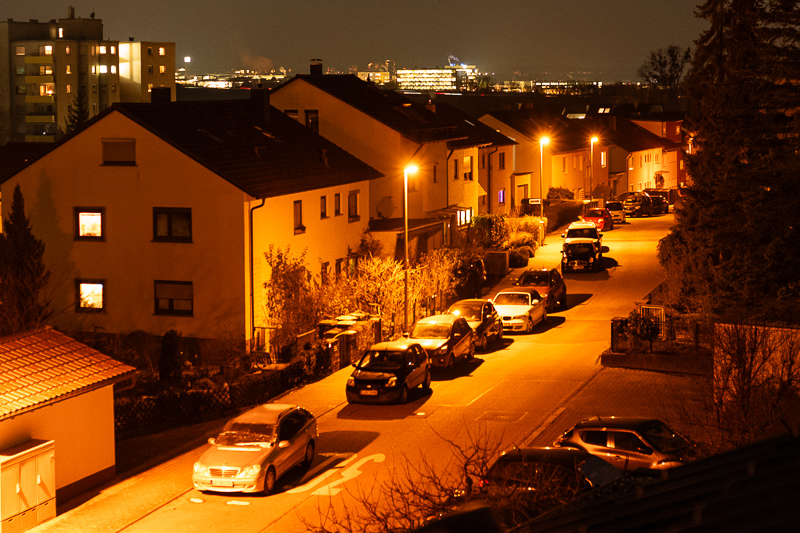
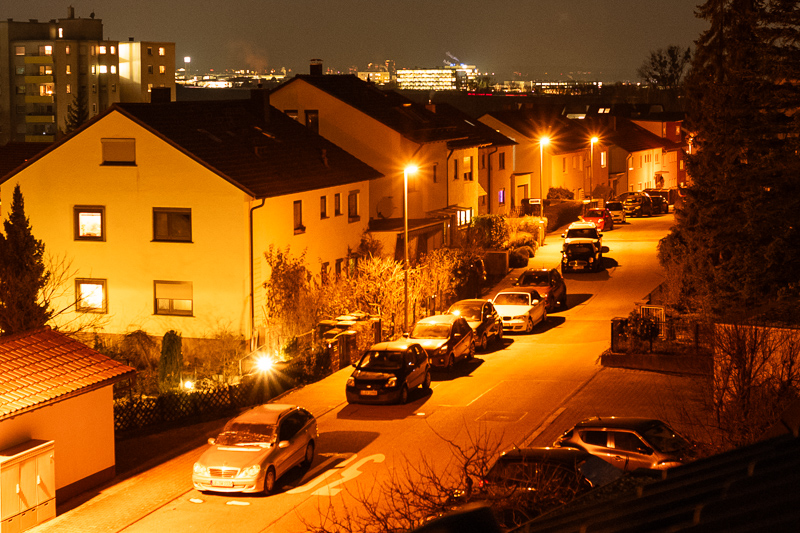
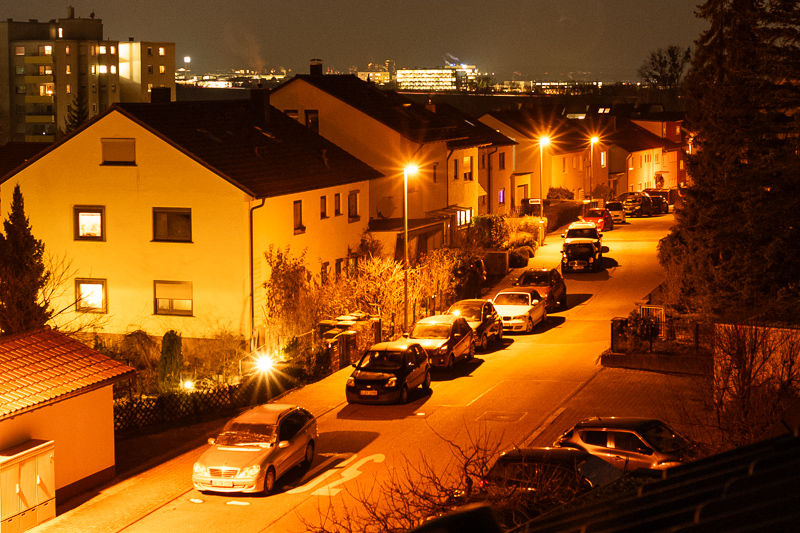
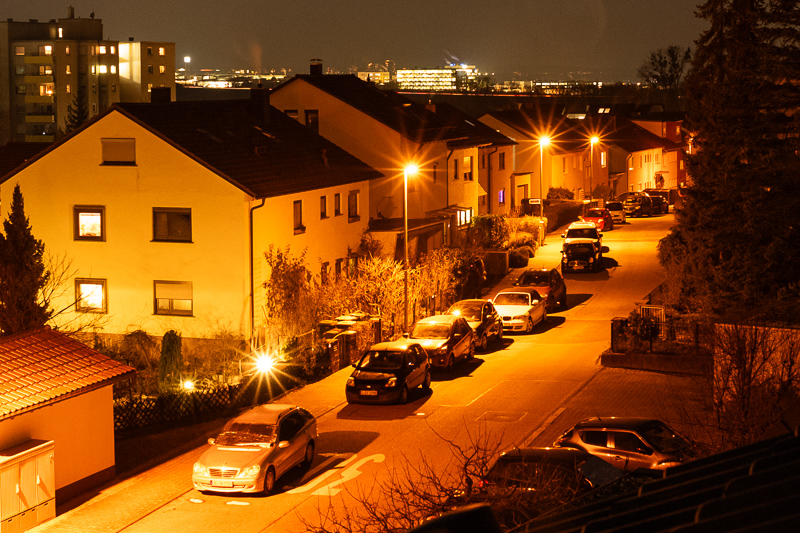
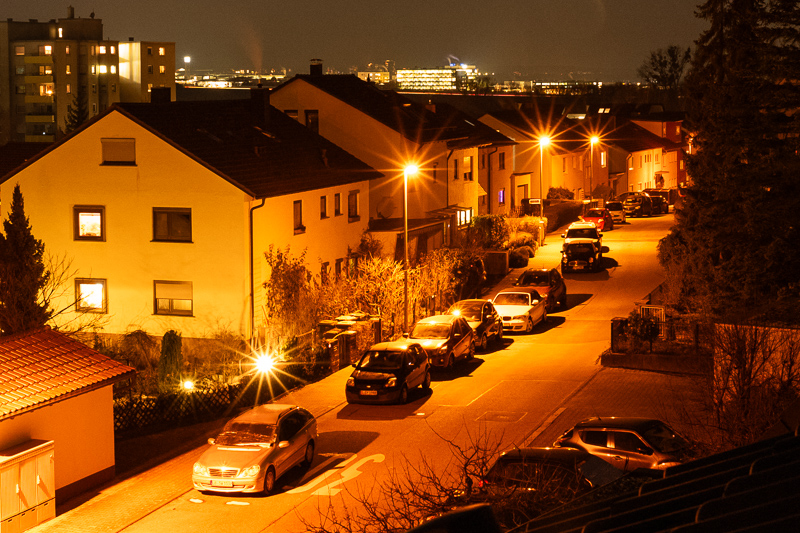
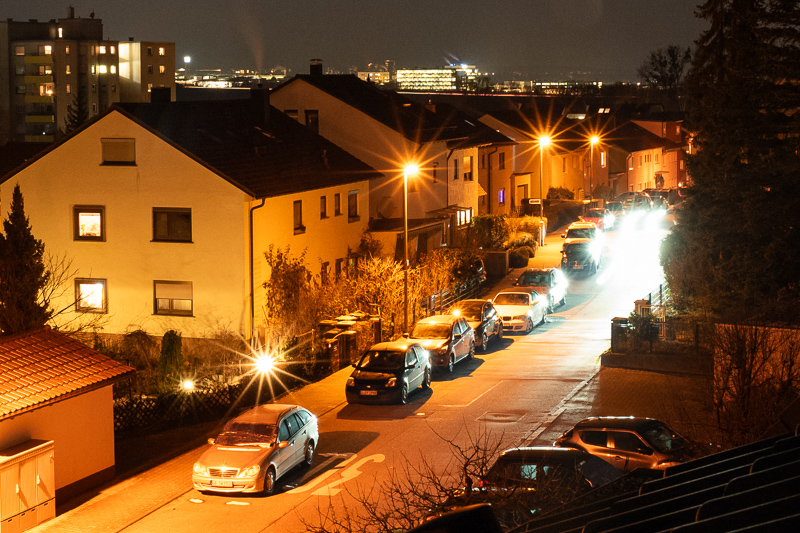
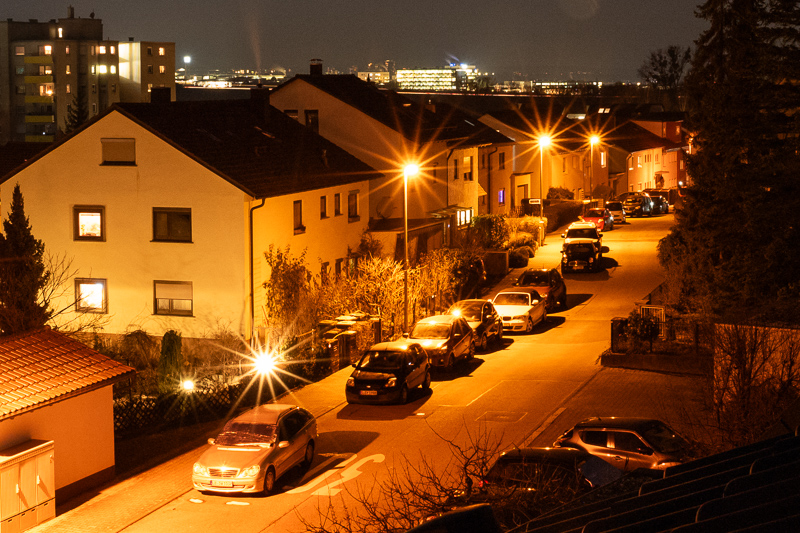
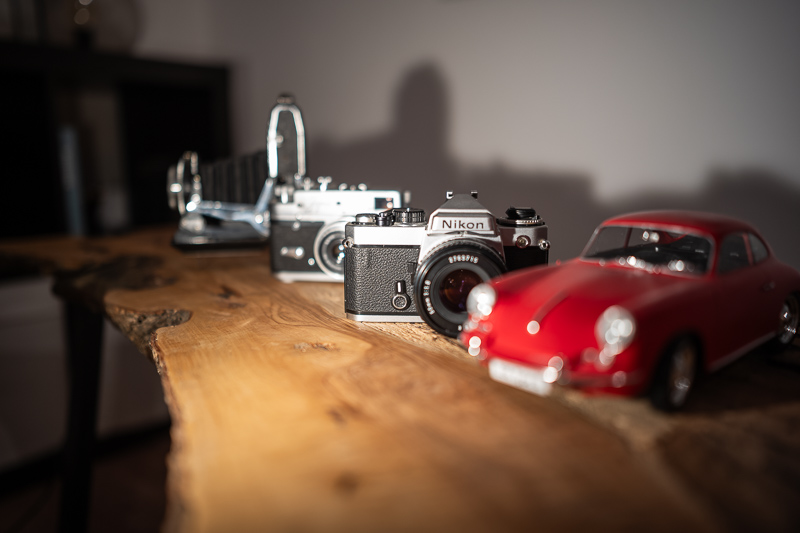

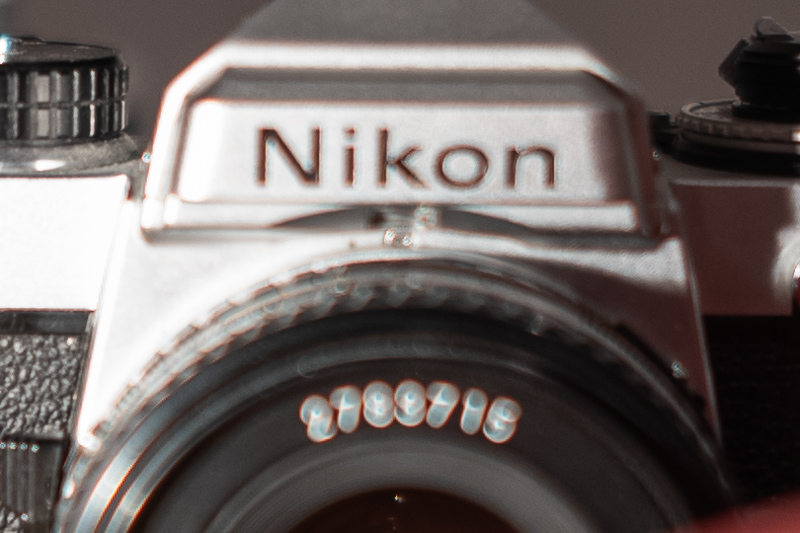
Nice photographs! The rendering is very pleasing in my opinion. Pitifully, flare and ghosting are remarkable. The latter remembers me of my Cron 50 Mk IV.
Thank you for this review!
Now that the lens will be released on Nikon Z-mount, I wonder if the optics will be optimized for the thicker sensor stack.
Some people hope so, but the lens only coming out for Z but not E might also suggest they think the performance is still acceptable on Z but not E.
Just saw that the Z-Mount version won’t have the infinity lock. It may well be that they don’t want the struggle to tweak the lens in order to deal with hitting the right spot
Looks like they announced an E mount version yesterday.
I asked the manufacturer and there haven’t been any adjustments for the filter stack, the E-mount version will perform just the same on an E-mount camera as the Leica version I reviewed here.
but why would they release a lens that isn’t optimized for that mount? are you able to try it out and compare?
To make some quick bucks.
I asked for a sample of either the 28mm or 35mm in E-mount to see for myself, but they don’t want to send me one.
In this case it is most likely better to go straight for the Cimera-c version of this lens.
https://thypoch.com/de/simera-c
A couple of advantages:
– native e-mount (corrected for the Sony sensor stack)
– focus throw of 220 degrees (not 90)
– only slightly more expensive (about +200€/$)
– likely better quality control as with most cine lenses
– better built, but only slightly heavier
Is there a difference in the filter stack between Nikon Z and Sony E?…
Very intersting review thank you!
Nikon a little thinner, but not enough to get excited about.
Sony uses a thick filter stack because it is decreed by our lizard overlords. They know that if M Mount lenses performed excellently on E Mount we would run out of problems in the world to keep us distracted and we would start an uprising
That is a bit superficial.
The thicker filter stack has advantages if you get dust on the sensor. Dust shows much less. That is why Olympus has opted for a thicker sensor stack as well.
Leica had other restrictions: They wanted their lenses to perform as well on film as on digital sensors. With this design goal they had no choice but make their sensor glas as thin as possible (ignoring the advantages of a thicker sensor stack)
That dust will show up less on a thinner sensor is such an urban myth and a really stupid argument for a thicker filter stack.
Ah… OK… I will keep on relying on Sony then 🙂
I originally bought a Z6 after seeing in the teardown Kolari Vision that the sensor glass was only 1.1mm. It later became clear that the 1.1mm thickness only refers to the (easily) removable glass. There is still about 1mm glued to the sensor. So, we don’t know the exact total sensor glass thickness of Nikon Z cameras, but it’s probably slightly more than 2mm. Sonys have a reported sensor glass thickness of about 2.5mm. When I had both the Nikon Z6 and a Sony a7II, I did a few side-by-side tests, and the difference with the M lenses I had at that time was minimal. I since got my Z6 converted to Ultra-Thin sensor glass by Kolari Vision and when comparing “difficult” M mount lenses on the Z6UT and my stock Z7, it is quite obvious that the Z7 doesn’t work well with these lenses, including the 28mm Ultron II and 28mm Nokton.
Thanks for sharing your experiences (once more) 🙂
Very interesting review, thank you so much for continued efforts! Will keep eyes open for when they release a different mechanical design…
You and me both 🙂
Many thanks Bastian for another wonderful review. Based on this I have just purchased the 28mm using the affiliate link. My only hesitation is that flare may be an issue for me but at the end of the day I can only try. Optically everything else is exactly what I was hoping cv might have done with the nokton. Cant win them all though unfortunately!
Couldn’t agree more, hope you will enjoy it!
Can’t you just unscrew the functional parts of the infinity lock and remove them (the silver piston)? Then, if you were really ambitious, you could print a chonky focus tab to fit over the remaining nub.
Not possible, you need to cut or grind them off.
Bastian
Excellent and very accurate review, as always!
I, too, find the infinity lock “annoying”! My (returned) copy has an infinity point just before the infinity lock engages. As I turn the focus, the infinity pin would kick in at the end, at which point it will be just slightly out of focus. This means I must now feel for the piston (if I don’t want to move my eye from the viewfinder), push to unlock, in order to dial it back ever so slightly to gain focus. Super annoying! Otherwise, the lens is really pretty good in terms of look and sharpness.
I opted for the VC 21mm f1.4 instead.
Hello. Thank you for your review. Is it possible to use it with a film camera too? A traditional Leica M? Or this is a digital-only project…
You can use both, the Thypoch Simera 28mm 1.4 as well as the Voigtländer VM 21mm 1.4 also on film cameras with M-mount. My review of the Voigtländer VM 21mm 1.4 also contains some pictures taken on a Leica M6.
Thanks for the comprehensive review. Meanwhile I use it on the M8.2 and can confirm that exceptionally beautiful bokeh rendering (where the 1.33x crop of the M8 makes no difference).
Regarding the handling: The focus throw in the near range is short, but not too short for my taste. The inifinity lock seems to be composed of two parts and in the DSLR forum someone reported that it came off without him doing anything to it. So also this should be solvable as needed.
Although I have seen the comparison photos for the Voigtlander Nokton and the Summilux at Fred Miranda as well, I think that judging about the 28mm Summilux without 1:1 direct comparison seems a bit unfair. But I am also pretty sure, that the Summilux will have a hard time when 1-on-1 compared to the Thypoch Simera.
I bought the Simera 28mn in April and loved it. Unfortunately, I had to return it due to a major flaw with my copy: the rangefinder coupling was completely off.
On my M11, the infinity hard stop corresponded to 10-15m according to the rangefinder. 10m on the focusing scale corresponded to roughly 3m in the RF.
I loved the rendering, built quality and 0.4m MFD and I got used to the handling quirks.
I’m not sure how common this RF coupling issue but I hate having to deal with this kind of good copy/bad copy lottery. I’ll probably get the VM instead.
I have bought this lens after reading your reviews of it, including the fast 28mm comparison. Thank’s for all the effort you put in these thorough tests. (Now I have three 28mm M lenses, sigh. I need to sell at least one of them, and preferably two.)
One thing I have discovered is that the aperture at the f/2.8 setting appears to be off: In exposure, there is about 2/3 of a stop to f/2 and 4/3 of a stop to f/4. I discovered this when shooting an aperture series in aperture mode. The resulting exposure was the same from f/2 to f/4 but the shutter went 1/1250s – 1/800s – 1/320s instead of selecting 1/640s at f/2.8. This seems to indicate that the f/2.8 marking really is f/2.5.
I think I remember reading something along these lines in one of your Thypoch reviews, but I can’t find it now.
Forget it! I made a conclusion too fast based of the test yesterday.
Today, I tried to check the issue (aperture at f/2.8 being off) and don’t find anything unusual. I must have set the aperture wrong myself. So, all is well, except for my self confidence, ha-ha!
Umpf, nice bokeh, for who are interested, I’ll not exchange the bite from the nokton, for this look, double the size.
The Nokton? not my vibe, I’ll tend to simplify my life, and the Ultron II typ I still king, over the C. Skopar (8 elements! 100gr) too.
Lohnt sich ein Aufstieg von dem Sony 28 F2 zu diesem oder nicht ? Würde mich sehr interessieren, Danke!
Kommt drauf an wonach du suchst.
ein scharfes, kontrastreiches, kompaktes und lichtstarkes Objektiv. Auch das Bokeh soll sehr zum Vorschein kommen. Aktuell besitze ich das 28er Sony an meiner A7ii und bin auf der Suche nach einem “besseren” 28er Objektiv. Aktuell gibt es nur dieses und das Voigtländer 28 f1.5 und welche von denen 3 ist das Beste ?
Danke.
Die Voigtländer halte ich an Sony nicht für eine besonders gute Idee.
Würde es mit einem gebrauchten 7Artisans probieren oder mit dem Laowa 28mm 1.2, das ist auch nicht viel größer.
besitze zum Beispiel das 35 mm 1:1,4 Nokton II MC VM, das Problemlos an meiner Sony funktioniert oder hat das 28er hier mehr Probleme ?
Das 35er ist halt am Rand so schlecht, dass die Unterschiede aufgrund der Kamera nicht ins Gewicht fallen.
Hi,
I use several Voigtländer lenses on my digital M bodies. Applying the 6-bit code on these lenses is fairly straightforward as the flange on the lens mount has a recessed groove, so any paint applied there won’t rub off.
Do you know if the mount on the Thypoch Simera 28/1.4 has a similar feature?
Lohnt sich ein Update vom 7Artisans 28mm? Der Bildeindruck vom Simera 28mm gefällt mir ziemlich gut, auch die Naheinstellgrenze wäre für mich eine Bereicherung. Auf der anderen Seite habe ich mehrere kritische Reviews gelesen die sich über die Fassung des Simera 28er beschweren (fehlerhaft oder schlecht zu fokussieren). Beim 7Artisans habe ich mit der Fassung keine Probleme, allerdings stört mich die Länge (Sucherbild) und das Gewicht (eher kopflastig) etwas. Das wäre beim Simera beides etwas besser gelöst?
Ich habe mein 7Artisans 28mm 1.4 aus genau den Gründen gegen das Simera 28mm 1.4 ausgetauscht und es bisher nicht bereut.
Danke Bastian für das Feedback, das war genau das was ich wissen wollte. Dann werde ich meines wahrscheinlich auch tauschen.
Seit 2 Monaten habe ich jetzt ebenfalls ein 28er Simera. Der Bildeindruck gefällt mir sehr gut. Mit dem Fokus (Unendlich-Stop und einrasten bei 0.7m) war ich weniger glücklich. Bei Reddit habe ich jetzt einen Kommentar gefunden, wie man beides entfernen kann. Falls es jemand hier interessiert: Den silbernen Drücker kann man einfach abschrauben. Ich habe das flache Ende mit einer Zange gehalten und den Kopf mit etwas mehr Kraft mit den Fingern abgeschraubt. Das Einrasten bei 0.7m kann man deaktivieren in dem man das Bayonett abschraubt. Darunter ist eine kleine Feder in einem Tubus. Wenn man diese herauszieht, funktioniert die Anzeige mit den roten Punkten nicht mehr, aber dadurch ist auch der Widerstand bei 0.7m nicht mehr vorhanden. Bei meiner Kamera (Konica Hexar) funktioniert der Messsucher bis 0,65m weshalb der Rastpunkt bei 0,7m gar keinen Sinn gemacht hat. Jetzt kann ich im Nahbereich viel präziser fokussieren und das Objektiv hängt nicht mehr bei unendlich.